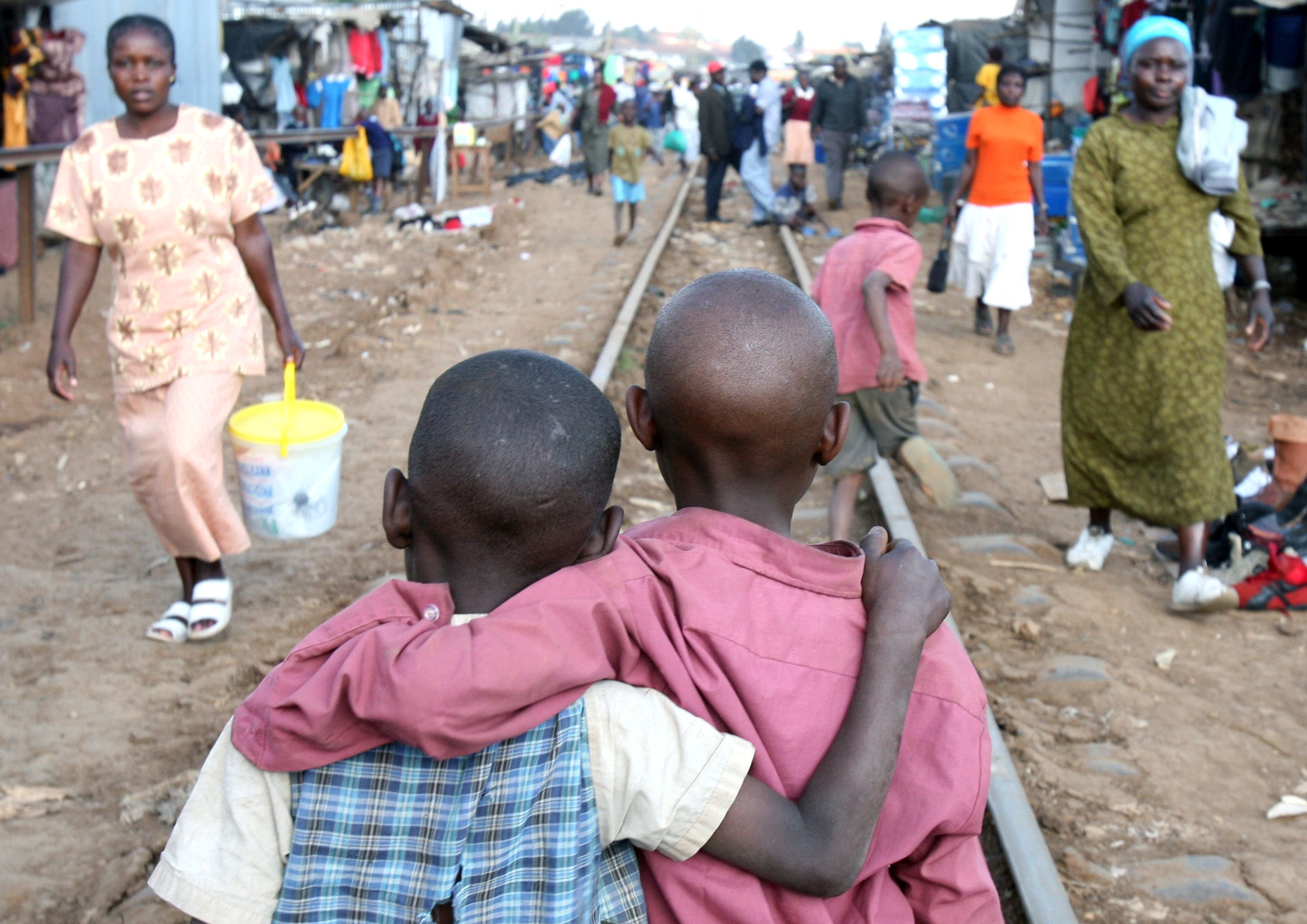"It is very hard to maintain adherence in children because they rely on others to give them medicine, some change regimens as they grow into adolescence and they can hardly cope with the many drugs they are expected to take," said Dr Andrew Suleh, medical superintendent at the Mbagathi District Hospital in the capital, Nairobi.
HIV-positive children - depending on their weight - can take up to four ARV pills a day; by the age of 15, a child may have taken upwards of 25,000 ARV tablets.
"You are faced with a situation where, even when they fail first-line [treatment] and you initiate second-line, success is not guaranteed because the factors [that hamper adherence] still exist," Suleh said.
Treatment failure occurs when first-line medication can no longer control HIV infection. Patients are then usually put on second-line drugs, but these are not only less accessible than the first-line option, they are often also several times more expensive.
According to the government, an estimated 184,000 children were living with HIV by the end of 2009; 24 percent of those requiring ARVs had access to them. Kenya is making gains in terms of the number of children on HIV treatment - 20,500 were on ARVs in 2008, growing to 28,000 by 2009. About 1,500 children are on second-line ARV regimens but officials do not have a figure for the number of children in need of second-line drugs.
Joy*, 11, has been on ARVs for nearly two years. She was orphaned several years ago and has been passed from relative to relative for most of her life; the constant change of guardians means that her adherence to ARVs has not always been consistent.
"When you look at her case you find she has started to develop rashes and mouth sores, and she has diarrhoea, which are clinical signs that her treatment is failing," said Suleh, who is treating Joy.
Joy's current guardian says she was never fully briefed on the importance of strict adherence to ARVs and Joy has occasionally skipped doses of her drugs.
"I thought she could just take them on her own without being told because she has taken those drugs for long, but when she started falling ill again, she told me wasn't taking them," the guardian said.
The UN World Health Organization (WHO) recommends the use of pill boxes, calendars, diaries and other practical tools to support children's adherence.
Experts say a combination of factors create treatment failure and put children's lives at risk, including poor adherence, long-term use of ARVs, and improper actions by health workers, who may miss or ignore the first signs of treatment failure in children rather than referring them for a change of regimen.
Other challenges include the fact that some of the drugs - such as Didanosine suspension - recommended by WHO - require refrigeration, which is inconsistent or unavailable in much of rural Kenya. There are also significantly fewer generic second-line formulations available, limiting options after failed first-line therapy.
Officials say the biggest problem is the high cost of second-line drugs, but the government is using adherence monitors to boost treatment success and optimize the first-line option.
Guardians’ fear of disclosure also hampers children's adherence. "As a child grows up, they start to ask questions about why they are constantly on treatment yet they look healthy," Kose said. "They wonder why those around them aren't taking medicine, and this at times comes with rebellion where they refuse to take the drugs, eventually."
Creating support networks for HIV-positive children and educating guardians about systematic disclosure were some of the ways to improve adherence in children, Kose suggested.
"It is not just about health workers or guardians,” she said. “This calls for community support from the schools they go to, even sensitizing their friends to support them in taking the drugs."
ko/kr/he
This article was produced by IRIN News while it was part of the United Nations Office for the Coordination of Humanitarian Affairs. Please send queries on copyright or liability to the UN. For more information: https://shop.un.org/rights-permissions





